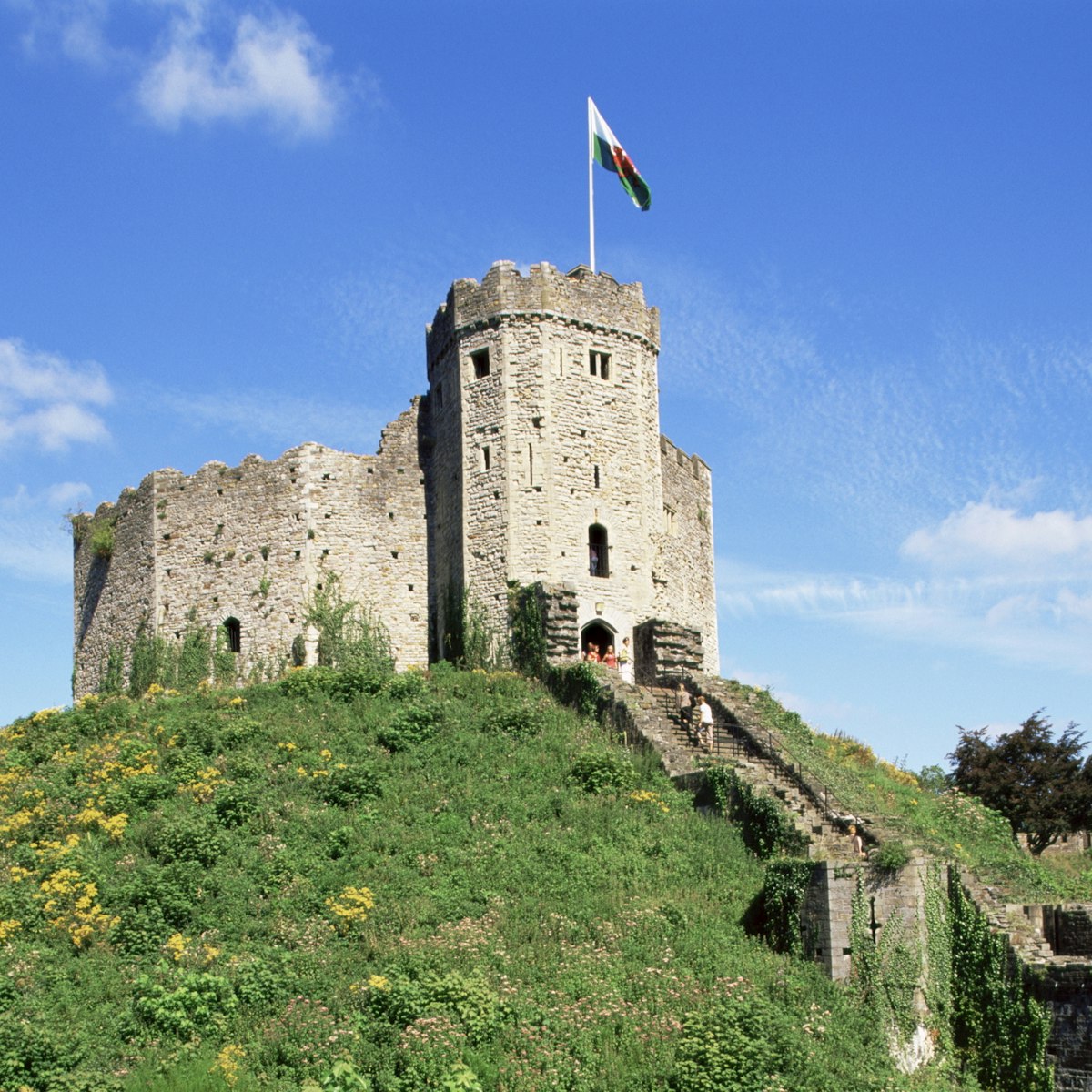Although you wouldn't guess it from the outside, this large stone church has been described as the 'Westminster Abbey of South Wales' because of the remarkable treasury of aristocratic tombs that lies within. It was founded at the same time as the Norman castle (1087) as part of a Benedictine priory, but the present building dates mainly from the 14th century, with 15th- and 19th-century additions and alterations.
St Mary's survived Henry VIII's dissolution of the monasteries by being converted into a parish church, making it an interesting counterpoint to the ruins of nearby Tintern and Llanthony abbeys. In the northern transept is one of the most important medieval carvings in Europe – a monumental 15th-century wooden representation of the biblical figure of Jesse. It was the base of what must have been a mighty altarpiece showing the lineage of Jesus all the way back to Jesse, father of King David. It's the only such figure in England, and may well be unique globally. Nearby, a graceful, worn, carved-oak effigy (1325) commemorates Sir John de Hastings, who was responsible for the church's 14th-century transformation.
The church's oldest memorial (1256) is the stone figure near the sanctuary of Eva de Braose, Lady Abergavenny, portrayed holding a shield. Her husband, William, was hanged after being found in the bedchamber of Prince Llywelyn the Great's wife, daughter of England's King John. The family tradition of royal adultery and execution continued with their direct descendant, Anne Boleyn.
The Herbert Chapel is packed with recumbent effigies. Most depict members of the Herbert family, starting with Sir William ap Thomas, founder of Raglan Castle, and his wife, Gwladys, who was re-interred in accordance with pre-Reformation ritual following restoration in 2001. The oak choir stalls were carved in the 15th century (note the lively misericords and the little dragons at the ends).





